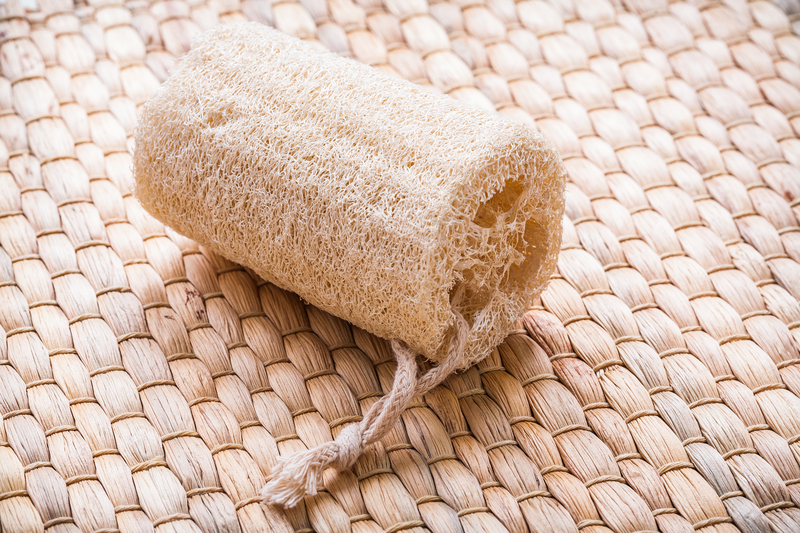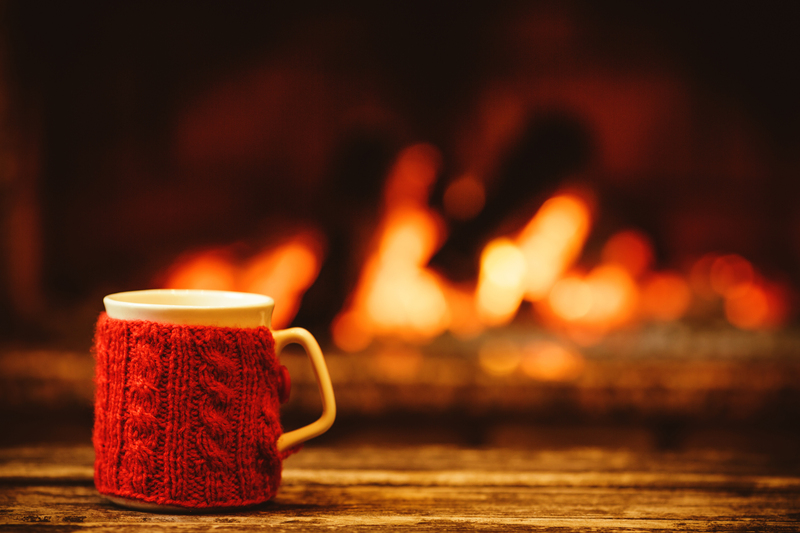Uncover the Best Ways to Clean Burnt-on Residue from Your Stovetop
Posted on 26/05/2025
Uncover the Best Ways to Clean Burnt-on Residue from Your Stovetop
Keeping your kitchen looking pristine is much easier when you maintain a spotless stovetop. Unfortunately, stubborn burnt-on residue can turn this everyday task into a real headache. Whether it's a splash of tomato sauce, boiled-over potatoes, or a greasy spill from last night's dinner, the mess can quickly harden and seem almost impossible to remove. But don't worry! This comprehensive guide will reveal the most effective ways to clean burnt-on residue from your stovetop, so you restore its shine and functionality with minimal effort.
Understanding Burnt-on Residue and Why it Happens
Before we dive into the best cleaning methods, let's examine why burnt residue forms in the first place. Burnt-on spills result from cooking at high temperatures, letting food boil over, or accidentally leaving pots unattended. As the residue continues heating, it carbonizes and adheres more stubbornly to your stovetop surface. Different stovetop types--whether gas, electric, induction, or glass-ceramic--require slightly varied cleaning techniques, but the result of burnt-on gunk remains a universal kitchen nuisance.
Risks of Leaving Burnt-on Residue Untreated
- Permanent Staining: Over time, burnt residue can leave deep stains on your cooktop, making cleaning and maintenance more arduous.
- Reduced Efficiency: Food debris can block gas burners or heating elements, reducing your stovetop's performance.
- Fire Hazard: Flammable residues increase the risk of kitchen fires.
- Bacterial Growth: Hidden food particles can harbor bacteria and affect food safety.
That's why it's crucial to master the best ways to clean burnt-on residue from your stovetop as part of your regular kitchen cleaning routine.

Essential Supplies for Cleaning Burnt Stovetops
The right cleaning tools make all the difference when tackling stubborn burnt-on residue. Here's a list of must-have supplies for the most effective results:
- Soft sponges and microfiber cloths
- Non-abrasive scrubbing pads
- Plastic scrapers (avoid metal scrapers to prevent surface scratches)
- Baking soda (a natural gentle abrasive)
- White vinegar
- Commercial stovetop cleaners (glass-safe options for ceramic and induction tops)
- Dish soap
- Spray bottle (for diluting vinegar or soapy water)
- Old toothbrush (for corners and edges)
- Gloves (to protect your hands)
Step-by-Step Guide: How to Clean Burnt-on Residue from Your Stovetop
Step 1: Prepare Your Stovetop
Always begin by turning off and disconnecting your stovetop. For electric and induction stoves, unplug if possible. Ensure the cooktop is completely cool before starting. Remove any removable grates, burner caps, or knobs and set them aside to soak in warm, soapy water.
Step 2: Tackle Loose Debris
Using a dry microfiber cloth or paper towel, wipe away any loose crumbs or debris. This preparation helps you focus only on the burnt-on mess, preventing unnecessary scratching.
Step 3: Apply a Homemade Cleaning Solution
One of the most effective methods to clean burnt-on residue from stovetops involves a simple duo: baking soda and white vinegar.
- Sprinkle baking soda generously over the affected area.
- Spray white vinegar (diluted with equal parts water in a spray bottle) across the baking soda. Let the mixture bubble and fizz as it works to loosen the hardened mess. Allow it to sit for 10-15 minutes.
This chemical reaction helps break down tough, burnt-on stains without harming your stovetop's finish.
Step 4: Get Scrubbing--Gently!
Using a non-abrasive sponge or scrubbing pad, gently work in circular motions to lift the residue. Avoid harsh steel wool, which scratches and dulls surfaces--especially important for glass, induction, and ceramic cooktops.
- For stubborn spots, apply a bit more baking soda and repeat the vinegar spray.
- Use a plastic scraper held at a low angle to cautiously lift hardened gunk, being careful not to gouge or chip the surface.
Step 5: Rinse and Wipe Clean
Dampen a clean microfiber cloth in warm water and wipe away any leftover cleaner and debris. Rinse repeatedly to ensure no streaks are left behind.
Step 6: Polish for a Streak-Free Shine
For glass, ceramic, or induction stovetops, finish with a few sprays of glass cleaner or diluted vinegar. Buff dry with a clean, dry microfiber cloth for a sparkling, streak-free surface.
Alternative Methods for Stubborn Burnt-on Stovetop Stains
Some burnt-on messes may require extra attention or alternative cleaning solutions. Here are some of the most effective options for persistent residue:
Steam Cleaning
If you own a handheld steam cleaner, try using it on burnt areas. The intense heat softens carbonized debris, making it easy to wipe away with a cloth.
Commercial Stovetop Cleaners
There are numerous store-bought solutions specifically made for different stove types. Look for:
- Glass-ceramic stovetop cleaner creams
- Degreasing sprays
- Heavy-duty wipes
Hydrogen Peroxide and Baking Soda Paste
Combine baking soda and a small amount of hydrogen peroxide into a thick paste. Spread it on the burnt area and leave for up to 30 minutes before gently scrubbing. This mixture is especially useful on white enamel cooktops where stubborn brown marks may remain.
Lemon and Salt Scrub (for Metal Surfaces)
Cut a lemon in half, dip the cut side in salt, and rub it over burnt spots on metal grates. The natural acid of lemon plus salt's abrasiveness helps lift stuck-on residue and leaves a fresh scent.
Cleaning Burnt Residue from Gas and Electric Stovetops
Gas Stovetops
Remove all grates, burner caps, and rings, and soak them in hot, soapy water for at least 30 minutes. If buildup persists, create a baking soda paste and apply directly to the components, then scrub with a brush or sponge. For the surface, use the baking soda and vinegar method outlined earlier.
Electric Coil Stovetops
Unplug coils and wipe with a damp cloth--never submerge the coils in water. Clean drip pans by soaking in soapy water, followed by a baking soda scrub for tough stains.
Glass, Induction, and Ceramic Stovetops
Because these surfaces scratch easily, always avoid metal scouring pads. Stick to cream cleaners or the baking soda/vinegar method, and always buff dry for a polished finish.
Key Tips and Tricks to Prevent Burnt-on Residue on Your Cooktop
- Clean Spills Immediately: Wipe up spills as soon as it's safe to do so, ideally while the stovetop is still slightly warm (but not hot!).
- Use Pot Watchers/Boil-Over Preventers: These handy tools minimize the chance of messes in the first place.
- Avoid Overfilling Pots and Pans: Leave room for boiling and bubbling to prevent spills.
- Perform Weekly Deep Cleaning: A regular schedule helps prevent buildup, making each cleaning easier and faster.
- Cover Drip Pans: For electric cooktops, use foil or silicone drip pan liners to simplify cleanup.

FAQs: All About Cleaning Burnt-on Residue from Stovetops
Can I use metal scrapers on my glass or ceramic stovetop?
No. Metal scrapers can permanently scratch or damage glass, ceramic, and induction cooktops. Always use plastic scrapers or non-abrasive pads.
Is it safe to use oven cleaner on my stovetop?
Generally not recommended. Oven cleaners are harsh and may corrode stovetop paint, enamel, or melt plastic parts. Stick to products labeled safe for stovetops or use natural methods.
How do I remove old, brown stains from a white enamel stovetop?
Try a hydrogen peroxide-baking soda paste, leave it for 30 minutes, then gently scrub. For stubborn stains, repeat as needed or look for an enamel-safe cleaner.
What's the easiest way to clean burnt-on residue from gas burners?
Soak removable parts in hot, soapy water, then scrub with a brush or pad. For tough carbon buildup, apply baking soda paste or a specialty degreasing cleaner.
How often should I clean my stovetop to prevent stubborn residue?
Ideally, perform light cleaning after each use and do a thorough deep clean once a week.
Final Thoughts: Keep Your Stovetop Clean and Burnt-free
Dealing with burnt-on residue doesn't have to be a struggle or damage your beloved appliance. By following the best ways to clean burnt-on residue from your stovetop--using household items such as baking soda, vinegar, steam, and the proper tools--you can confidently tackle even the toughest messes. Remember to maintain your stovetop with consistent care, act quickly when spills occur, and choose cleaning solutions that match your stove's material.
A little regular attention ensures your stovetop stays spotless, safe, and efficient--making your kitchen shine and your cooking experiences more enjoyable!



